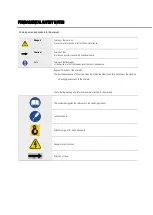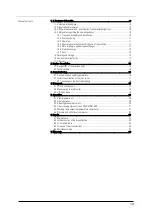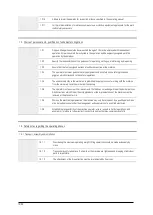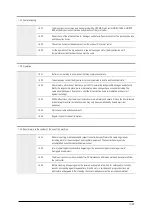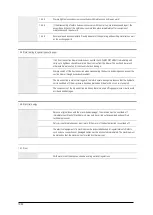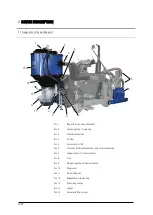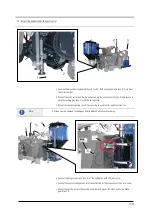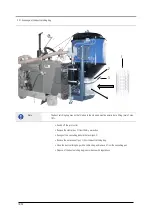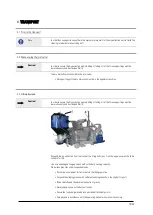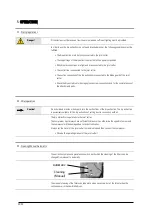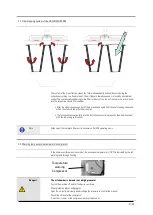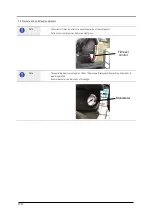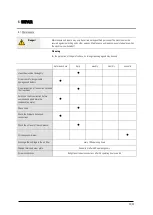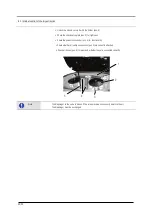
9/30
1.1.
Guideline intended use
1.1.1
The manufacturer and suppliers does not assume liability with wrong or non-
intended use. Any change of the machine, which is not carried out by the manufacturer
is prohibited. Changes by attachments or conversions of the dust extractions
may only be implemented with written permission of the manufacturer
1.1.2
The machine is built according to the state of the art and the recognised safety-relevant rules.
Nevertheless, dangers for life and limb of the user or third parties or impairments of the machine
and other real values can result
1.1.3
The machine may only be used in a technically perfect condition as well intended, in a safety-and
danger-aware manner while observing the operating manual. In particular, immediately remove
faults which can impair safety, or have them removed
1.1.4
The LISSMAC dry extraction VACUUM DRY 500 exclusively serves for the dry extraction of cutting
dust of concrete and asphalt. The dry extraction may/can only be used in connection with a
LISSMAC joint cutter UNICUT 500 or UNICUT 800. The suction hose is connected directly at the
blade guard of the LISSMAC joint cutter and sucks away the dry cutting dust during cutting. Another
use, or which is going beyond this, is considered as not intended.
The observance of the operating manual and the adherence to the inspection and maintenance
manual is also part of the intended use
1.1.5
Foreseeable misapplications / non-intended use:
Sucking up liquids, wood or large stones
Structural changes, which change the safety or the type of the execution
1.2.
Organisational measures
1.2.1
The operating manual must be kept at hand for every person at the place of work of the machine.
1.2.2
Additions to the operating manual are generally accepted legal and other obligatory regulations for
accident prevention and for environmental protection, which must be observed.
Such obligations can also relate to e. g. the handling of dangerous materials or wearing personal
protection equipment or traffic-legal regulations.
1.2.3
The personnel assigned with activities at the machine must have read and understand the operating
manual before starting work, and here particularly the chapter safety notes. It is too late during the
work input. This applies in particular to personnel becoming active at the machine only occasionally,
e.g. when setting up, maintenance.
1.2.4
Check the safety- and danger-aware work of the personnel at least occasionally while observing the
operating manual!
1.2.5
Use personal protection equipment if necessary or if demanded by regulations!
1.2.6
Observe all safety and danger notes and keep them in readable condition! Replace damaged safety
and danger notes or those which can no longer be read.
1.2.7
With safety-relevant changes of the machine or its operational behaviour, shut the machine down
immediately and mark it accordingly. Report the fault to the responsible body/person!
1.2.8
Do not make any changes, by attachment or conversions without written permission of the
manufacturer! The instructions of the tool manufacturer must be considered.
1.2.9
Use only checked original spare parts of the manufacturer.




